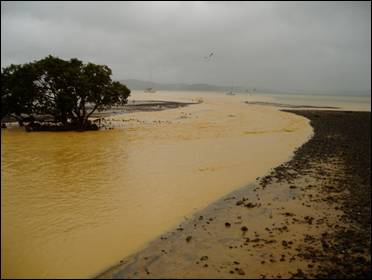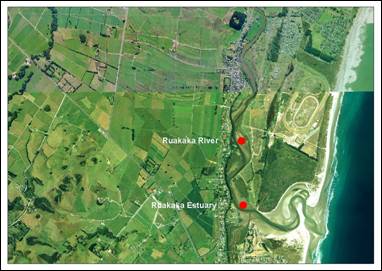Results from 2008
Within this section…
Nutrients
Sediment nutrient concentrations in the Whangarei harbour, Kerikeri inlet and to a lesser extent the Ruakaka estuary were high in comparison to concentrations recorded in similar monitoring programmes elsewhere in New Zealand. They were at levels that suggest these systems are ‘enriched'. Nutrient enrichment can lead to excessive plant growth, which can in turn cause a rapid reduction in water quality, harmful algal blooms, shellfish contamination, fish kills and a reduction in the number of species present.
Metals
Sediment metal concentrations recorded in the Whangarei harbour, Kerikeri inlet and Ruakaka estuary did not exceed the recommended guidelines in 2008, with the exception of nickel at one site in Kerikeri inlet. However, metal concentrations were generally found to be above levels reported in similar monitoring programmes elsewhere in New Zealand.
In the Ruakaka estuary, concentrations of zinc and lead were relatively high for an estuary with a largely rural catchment. Runoff from roading, urban areas, agricultural and horticultural land, and stormwater discharges are all likely sources of metal contamination in these catchments.

Photo: Sediment runoff into the Whangarei harbour
Biological Communities
Initial results from the three estuaries sampled in 2008 indicate that the biological communities have been negatively affected by human activity.
The biological communities at each monitoring site were found to be distinctly different from each other and there is evidence to suggest that these communities have been influenced by human disturbance.
The abundance of ‘sensitive' species (those sensitive to human disturbance) was generally lower at sites where concentrations of metals and nutrients were found to be raised. On the other hand, species that are tolerant to human disturbance were generally more abundant at these sites.

Map: The image (above) shows the extent of the Ruakaka estuary. The dots depict the two sites where samples are taken.
